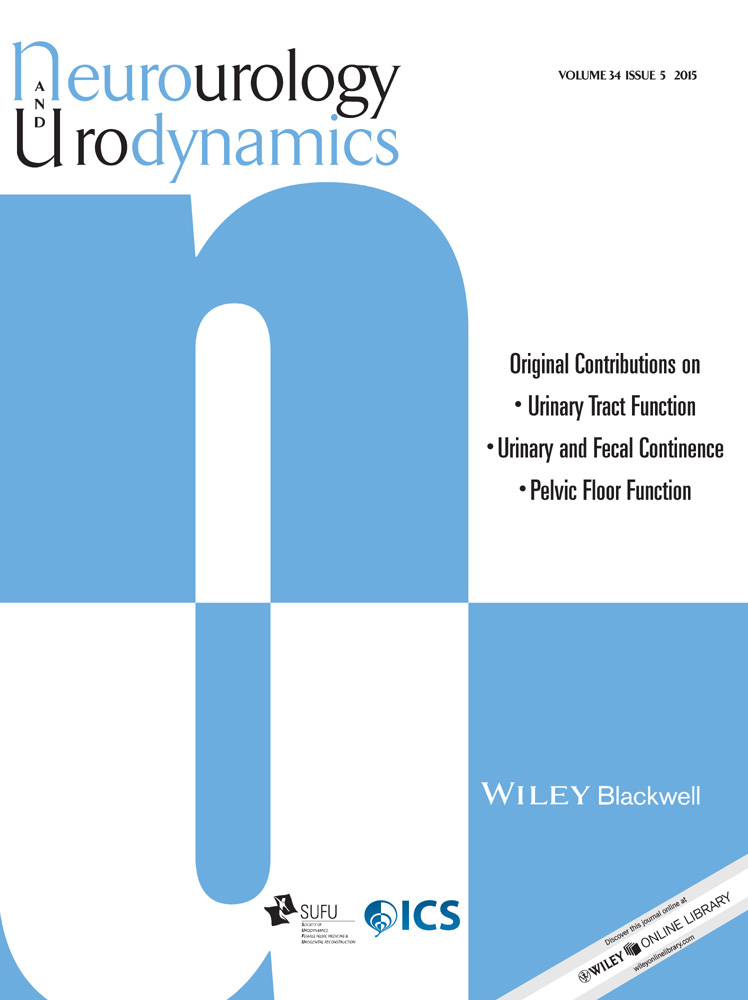Urodynamic studies for management of urinary incontinence in children and adults: A short version Cochrane systematic review and meta-analysis
Abstract
Background
Urodynamic tests are used to investigate people who have urinary incontinence or other urinary symptoms in order to make an objective diagnosis. The investigations are invasive and time consuming.
Objectives
To determine if treatment according to a urodynamic-based diagnosis, compared to treatment based on history and examination, leads to more effective clinical care and better clinical outcomes.
Search Methods
Cochrane Incontinence Group Specialized Register (searched February 19, 2013); reference lists of relevant articles.
Selection Criteria
Randomized and quasi-randomized trials in people who were and were not investigated using urodynamics, or comparing one type of urodynamic test against another.
Data Collection and Analysis
At least two independent review authors carried out trial assessment, selection, and data abstraction.
Results
We found eight trials but data were available for only 1,036 women in seven trials. Women undergoing urodynamics were more likely to have their management changed (17% vs. 3%, risk ratio [RR] 5.07, 95% CI 1.87–13.74). Two trials suggested that women were more likely to receive drugs (RR 2.09, 95% CI 1.32–3.31), but, in five trials, women were not more likely to undergo surgery (RR 0.99, 95% CI 0.88–1.12).
There was no statistically significant difference in urinary incontinence in women who had urodynamics (37%) compared with those undergoing history and clinical examination alone (36%) (RR 1.02, 95% CI 0.86–1.21).
Authors' Conclusions
While urodynamics did change clinical decision-making, there was some high-quality evidence that this did not result in lower urinary incontinence rates after treatment. Neurourol. Urodynam. 34:407–412, 2015. © 2014 Wiley Periodicals, Inc.




